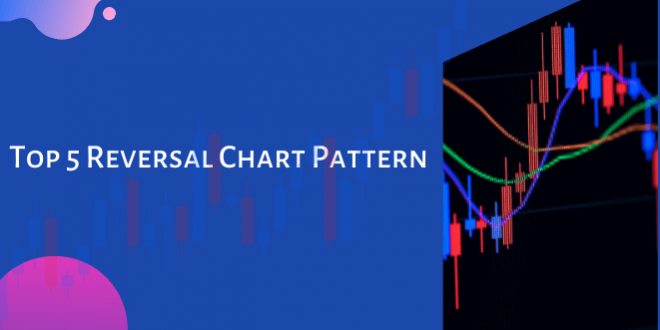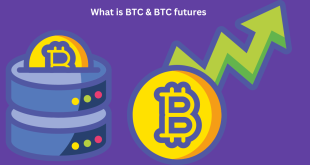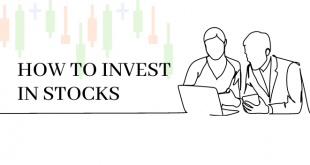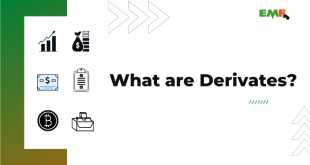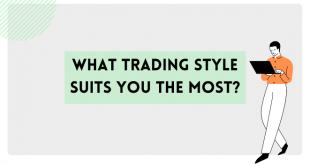Chart patterns are one of the most effective trading tools for a trader. They are pure price-action and form based on underlying buying and selling pressure. i.e Reversal Pattern, Triangle, Engulfing e.t.c.
Want to win iPhone 13 Pro Max? Participate & Win
-2022 LiteFinance Giveaway Contest | LiteFinance
Chart patterns have a proven track record, and traders use them to identify continuation or reversal signals, open positions, and identify price targets.
Chart patterns are specific price formations on a chart that predict future price movements.
As technical analysis assumes that history repeats itself, popular chart patterns have shown that a specific price movement follows a particular formation of price (chart pattern) with high probability.
Therefore, chart patterns are of two types. For instance, (1) continuation pattern – that signal a continuation in the underlying trend and (2) reversal pattern – that signal reversal of the underlying trend.
This article will learn everything about the top 5 REVERSAL Chart Patterns. Gathering knowledge about them is crucial to not think of trade without them.
So let’s jump to the main discussion:
GET MORE STRATEGY
- CANDLESTICKS PATTERN ENTRY EXIT STRATEGY
- CHART PATTERN ENTRY EXIT STRATEGY
- Chart Pattern with alligator strategies
- Candlesticks Pattern with Alligator Strategies
Reversal Patterns
Forex Reversal Patterns are on chart Candlestick Formations of one or more candles or more enormous chart patterns that give an idea about the price reversal.
#1. Head and Shoulders
Head and Shoulders is a reversal chart pattern that indicates the underlying trend is about to change. It consists of three swing highs, with the middle swing high being the highest (red lines on the chart).
A lower high occurs after the middle swing high, which signals that buyers didn’t have enough strength to increase the price. The pattern looks like a head with a left and right shoulder (the three swing highs), and that’s how it got its name.
The neckline connects the two shoulders, and a break-out below the neckline is considered a selling signal, with a price target being the distance from the top of the head to the neckline (green arrows).
If the Head and Shoulders pattern occurs during a downtrend, the inverse pattern (with three swing lows) is called an Inverse Head and Shoulders pattern.
#2. Double Top and Double Bottom
Double Top and Double Bottom are another reversal pattern, occurring during up- and downtrend, respectively. As the name suggests, a double top has two swing highs at about the same or slightly different prices.
It shows that buyers didn’t push the price higher, and a trend reversal might be ahead.
The trigger signal for opening a sell position is the break of the support line, with the target price being the distance between the top and the support line of the formation.
A double bottom pattern is the opposite, with two swing lows. Sellers didn’t have the power to move the price more downward.
The trigger signal is the break of the resistance line, with the target price being the distance between the bottom and the resistance line.
#3. Triple Top and Triple Bottom
Triple Top and Tripple Bottom formations are the same as Double Top and Double Bottom figures.
Both are reversal patterns, with Triple Tops and Bottoms’ difference having three swing highs and swing lows, respectively.
Trigger signals are the break of support and resistance lines, with target prices being the distance between the top and support line (for Triple Tops) and the Bottom and resistance line (for Triple Bottoms).
#4. Rounding Top
A Top Rounding pattern takes a little longer to form than the other chart patterns. It shows a gradual change of the sentiment from bullish to bearish.
The trigger for entering a short position is the break of the support line, with the price target equal to the distance from the top to the support line.
#5. Rounding Bottom
A Rounding Bottom is a Rounding Top flipped vertically. The price gradually changed from the previous downtrend, indicated by a “rounded bottom. “
The trigger signals are the same as the Rounding Top, i.e., the resistance line break. The price target is the distance between the bottom and the resistance line.
 Earn Money Forex Best Forex Trading Experience
Earn Money Forex Best Forex Trading Experience

